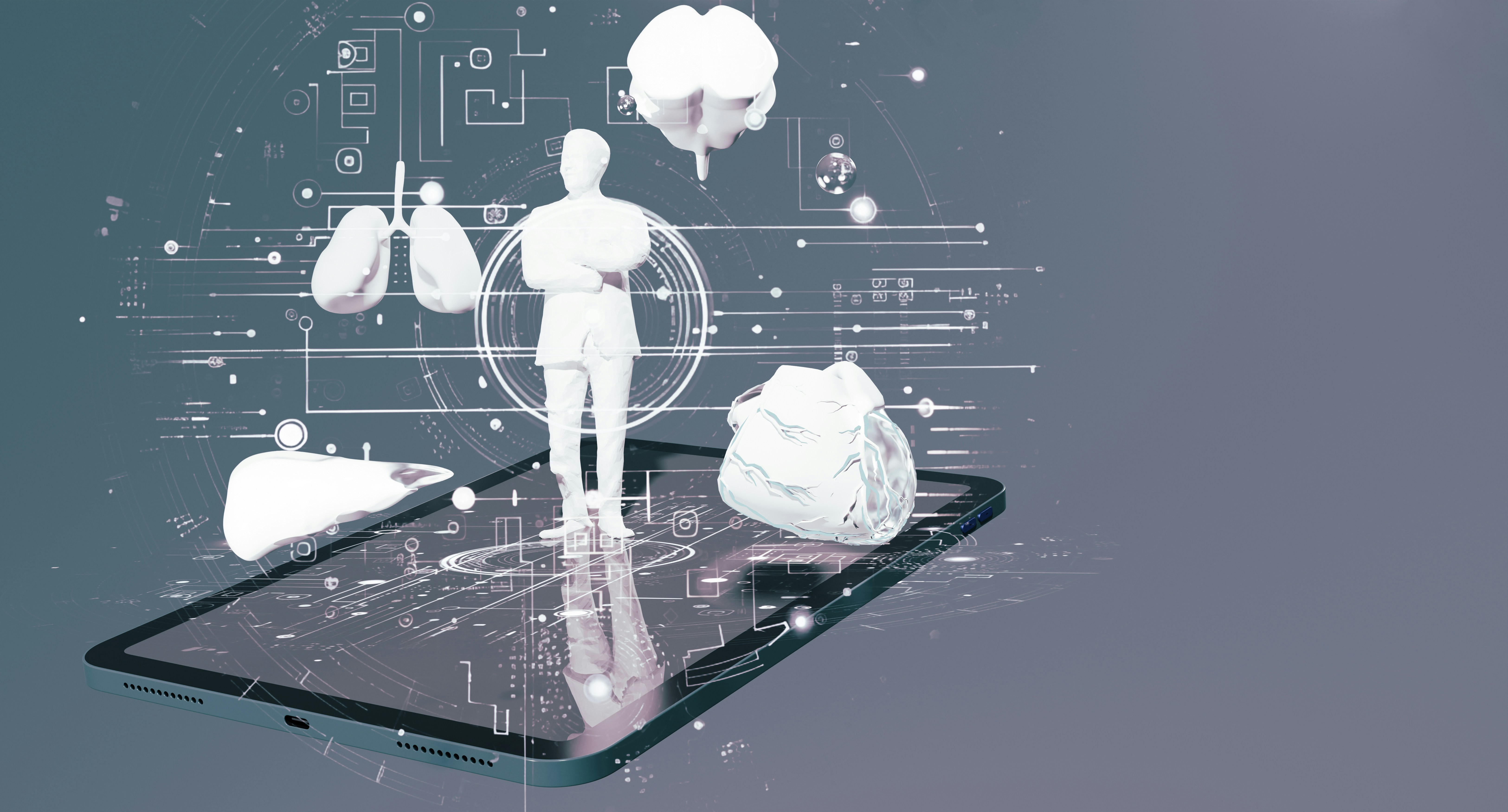How AI Is Rewriting Software Products - and Healthcare

I started writing software professionally almost 30 years ago. One of the first products I worked on (as part of a larger team) was a combat aircraft simulator, used by air forces around the world. You, the human pilot, would go head-to-head against what we then called “Computer Generated Forces.” Their job? Try to shoot you down.
This was AI in the 90s - essentially a giant list of if-then conditions. The computer would evaluate the situation every moment and decide what to do next based on a rigid set of rules. Primitive by today’s standards, but effective enough to challenge real pilots.
Fast forward to today, and while we’ve made huge strides, many software products - especially in healthcare - still operate on that same basic model: a central database, condition-based business logic, and a user-facing interface. EMRs, patient engagement platforms, operations tools - most of these are just elaborate rule engines with a UI layered on top.
That’s about to change.
Thanks to the new capabilities emerging from modern AI, we’re on the brink of a real paradigm shift: from rigid, rules-based systems to adaptive, self-learning ones. And nowhere is that shift more needed - or more promising - than in healthcare.
From “How” to “What”
Even in its early days, modern AI is already outperforming traditional software in specific areas and surprising ways. In the past, you had to tell a computer exactly how to do something - step by painful step, with zero margin for ambiguity. Now? You can just tell it what you want, and it figures out the rest.
Here’s a fun example: “Try writing a sentence in English that includes every letter of the alphabet and uses an ocean theme”. That’s extremely hard to code the old-fashioned way. But ask any large language model - and boom, it delivers.
Now let’s zoom out and apply this to healthcare.
Imagine not having to build a system packed with pre-defined workflows and brittle condition trees. Instead, imagine a platform that learns from user behavior, clinical history, wearable data, social determinants of health - and dynamically generates recommendations. Clinical pathways, patient engagement strategies, recovery plans - all personalized, all adaptive, and all scalable.
A Different Kind of Software and Healthcare Future
Sure, this won’t happen overnight. The industry is right to be skeptical and cautious. But the direction is clear. Over the next few years, we’ll move away from rigid, rules-based systems toward software that’s self-learning, self-improving, and far more intuitive to use.
Think: not just better decision support - but software that can reason. Not just prettier dashboards - but new interface layers entirely, like voice-first EMRs or AI companions for patient recovery.
We’re just getting started.



